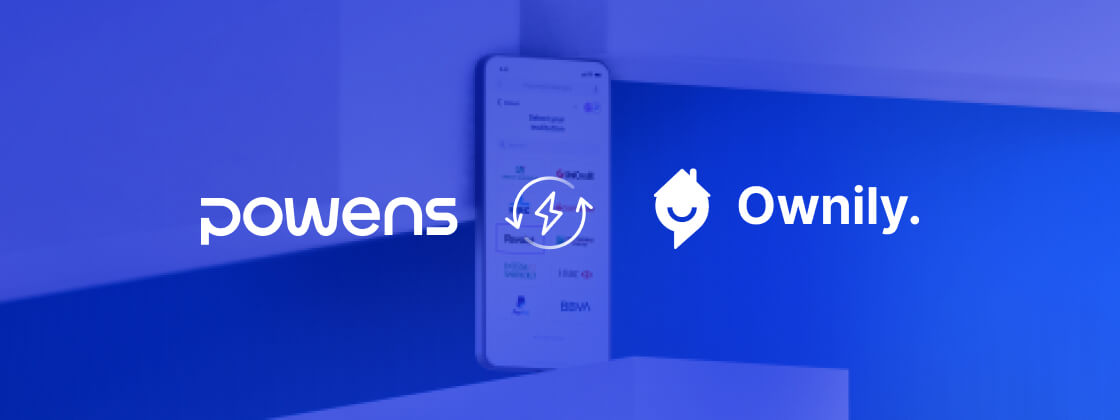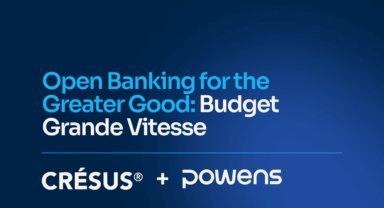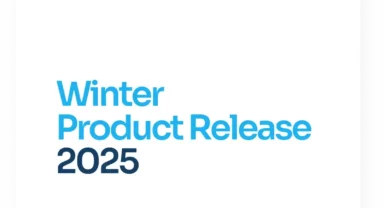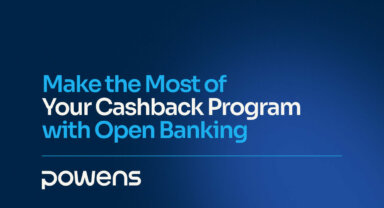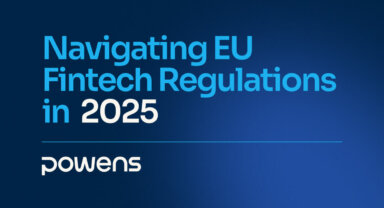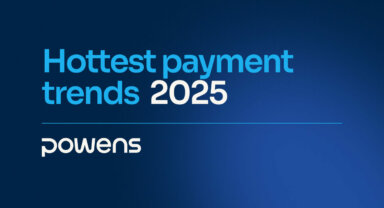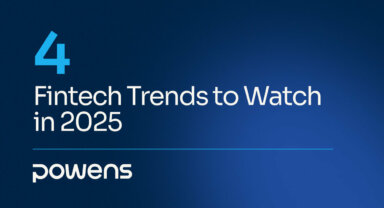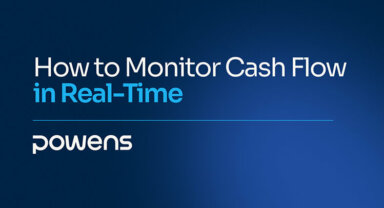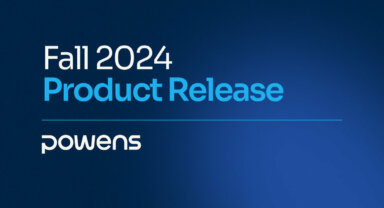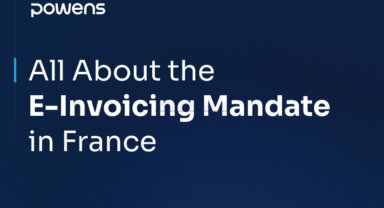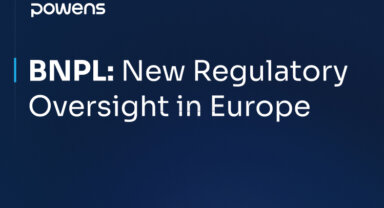How to Boost Conversion (and Confidence) Along the Open Banking Onboarding Journey.
Educating customers about Open Banking across key touchpoints of the user journey is the secret for getting them over their fear of the “unknown”
If you’ve ever implemented Open Banking into your onboarding journey—specifically, with the goal of creating a better, more seamless customer experience—it is probably deeply frustrating to see customers get to the point of authenticating their account to share banking data, only to get “cold feet” and abandon the onboarding process altogether.
In all honesty, there are a likely number of things contributing to this lack of follow through. Least of which is that the average customer simply doesn’t know what Open Banking is—and, for better or worse, doesn’t inherently trust it blindly to protect log-in details or treat sensitive financial data with care. Unfortunately, for businesses like yours, this fear of the unknown can send conversion rates spiraling.
That doesn’t mean you should just sit idly by, waiting for the day when customers will finally embrace Open Banking with open arms on their own. You could be waiting for a long time. Instead, seize this opportunity to educate and reassure customers about the benefits, safety, and security of Open Banking whenever possible, especially at points along the customer journey that seem prone to conversion roadblocks. Doing so will not only work wonders to calm their fears, in context and in real time, but also provide a much-needed dose of peace of mind to continue their journey without a worry in sight.
We know that boosting conversion along the customer journey is a top priority—and, oftentimes, a big headache, too—for many of the businesses we work with. So, we decided to team up with our friends at Ownily, an Open Banking-fueled startup dedicated to simplifying the management of SCI (société civile immobilière) finances, to share some best practices for educating customers over this conversion-blocking hurdle.
What are the benefits of Open Banking for consumers?
It’s worth taking a moment to remind ourselves why Open Banking is a good thing for consumers. After all, it’s all too easy for us to hone in on the benefits of Open Banking from a purely business perspective, but that won’t necessarily resonate with end users. In order to educate your customers on why they should trust the Open Banking solutions you’ve implemented, you need to know how to explain why it should matter to them—and why they shouldn’t see Open Banking as something potentially scary.
To make sure we’re on the same page, here’s what we’ve identified as the primary benefits of Open Banking for consumers. While this list isn’t exhaustive, it nonetheless provides a foundation for communicating the value of Open Banking whenever customers push back.
- Personalization and innovation: Open Banking allows third-party businesses, financial services institutions or otherwise, to access real-time, transactional data from checking accounts (up to the past three months) and use that information to personalize products, services, and experiences at a customer level.This access to granular, accurate, and up-to-date data also allows the entire Open Banking ecosystem to glean customer insights that fuel innovation and have already proven to drive rapid digital transformation across the financial services industry.
- Customer experience: Open Banking also enables businesses to create more immersive, efficient, and frictionless digital experiences that, generally speaking, make it easier for customers to get things done—from requesting micro-loans to making instant payments (and everything else in between).Additionally, because Open Banking solutions can easily integrate into a business’s digital customer experiences seamlessly, it becomes possible for customers to go through a series of actions in the fewest clicks possible and also without having to navigate to different sites. Even though the Open Banking aspect of these experiences is powered by third party providers, like Powens, from a customer’s perspective, the digital experience is wholly native.
- Security and safety: Open Banking in Europe is regulated by the revised Payment Services Directive (PSD2)—further supported by Strong Customer Authentication (SCA) requirements—and the General Data Protection Regulation (GPDR). With these regulations in place, it became possible for banks to create standardized API connectors to enable the safe and secure sharing of transactional banking data in accordance with the highest data protection, security, and privacy standards. Therefore, Open Banking solutions exist, first and foremost, to protect consumers while also minimizing the risk of identity theft and fraud.
- Greater control over one’s data: In addition to democratizing access to transactional banking data for myriad use cases, the abovementioned regulations have also gone a long way to shift “who” controls a consumer’s data.In the past, traditional banks essentially operated as a “black box” of consumer banking data. They had no reason or obligation to share it. However, with the advent of Open Banking solutions, consumers have started to become increasingly aware of the value that sharing their banking data has as well as their control over who they share it with. This has allowed consumers to be the stewards of their own data—and banks have no choice but to comply and innovate on their end accordingly.
- Instant payments, fewer fees: Unlike traditional banks and other financial institutions, Open Banking has created an infrastructure for making instant or recurring payments with fees far below market rates. Not only does this simplify how consumers make digital payments, but it also saves them money over time.
Simple ways to help customers see Open Banking in a new light
The great thing about Open Banking is that for every fear or concern customers may have, there’s a really easy way to flip the conversation in a positive direction simply by leaning into the benefits of Open Banking and taking the time to explain how Open Banking works.
Here are a few scenarios that open up a perfect opportunity for you to educate customers about Open Banking while also helping them to keep moving along their journey.
Scenario 1: “I don’t know what Open Banking is—and I don’t trust it.”
When customers say this, it’s a perfect opportunity to reiterate that Open Banking is a safe, secure, and incredibly efficient way for them to share their banking (checking account) data with businesses (including financial institutions) that require it for personalizing offers, making instant credit decisions, automating (re)payments, and a variety of other use cases.
In parallel, it’s equally important to remind them that, with Open Banking, they are always in complete control of what data they share, how long that data is shared, and how businesses can use that data either on their behalf or for their benefit.
If that doesn’t convince them, it’s worth mentioning that Open Banking also eliminates the need to send banking information manually—as either PDF documents or hard copies. Not only is this a huge time savings for them, and something that can significantly reduce the potential of user input error, but it’s also how they can get (near) instant access to premium products, services, and features that can drive immediate value for them.
That being said, because Open Banking may still seem somewhat abstract for many of your customers, feel free to paint a clear picture of what that Open Banking journey looks like and what they’ll be asked to do at each step in the process. By demystifying the process with sheer transparency, you’ll find that your customers will be a lot less reluctant to continue their journey through to the very end.
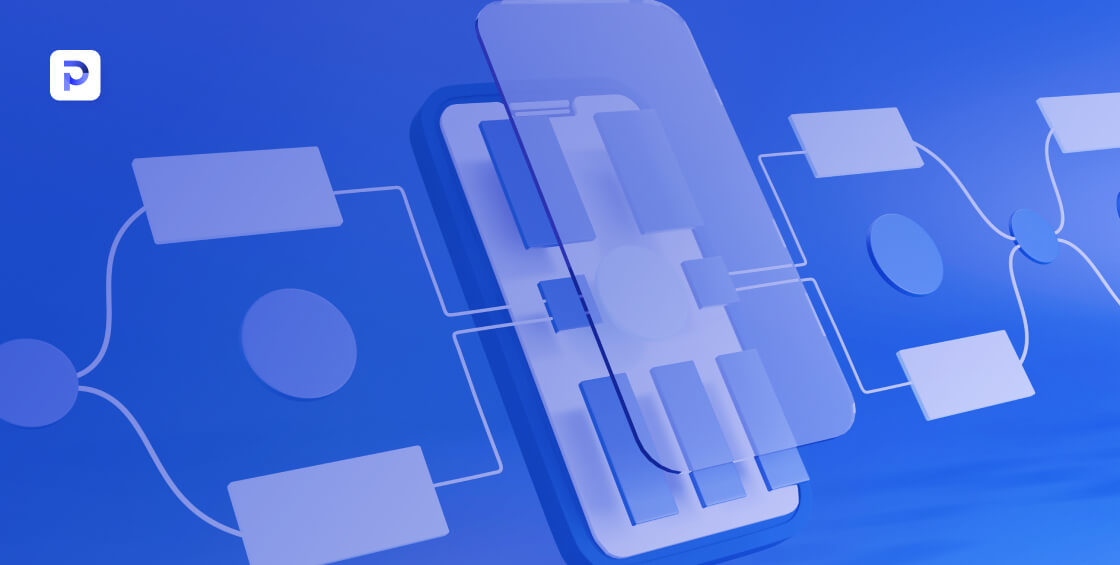
Scenario 2: “I don’t want to share my username and password.”
Here’s an opportunity to tell customers that they aren’t actually “sharing” their username and password. When they input those details at the authentication step of the process, they essentially allow an Open Banking API to create a connection, between banks and third-party businesses, that authorizes banks to share their checking account data for the purpose of driving some sort of end user value. Be sure to reiterate that the business on the receiving end of this data will never have access to a user’s username and password.
The reason why Open Banking requires users to input this information, however, is twofold: first, to authenticate themselves as the bank account owner (an important safeguard for preventing identity theft and fraud) and second, to open an API-based connection that allows banks to share only the account information that the customer has specifically authorized them to share (for as long as that API connection remains open).
Finally, because Open Banking APIs have been built to adhere to the strictest security and data protection standards, the risk of this information leaking at any stage of the authentication and consent processes is more or less slim to none.
Scenario 3: “Is my information really safe and secure?”
The easy answer is: Yes!
Open Banking APIs were built under the guise of major data protection regulations like the revised Payment Services Directive (PSD2), Secure Customer Authentication (SCA), and the General Data Protection Regulation (GPDR—for the sole purpose of maintaining the safety, security, and integrity of a consumer’s bank account information, whenever it is shared with businesses, while also giving customers complete control of their data at all times.
As a result of these built-in protections, APIs provide a safer and more secure way to share this information—much more than sharing this data manually via an unsecured email.
While Open Banking APIs were created to streamline and automate how banks can share a customer’s checking account data securely with other businesses, it was all done via the lens of consumer privacy and data protection. For this reason, when customers raise concerns about the security of their data, it’s important to reiterate that these solutions were made to not only spark rapid innovation across the financial services sector but to do so with the consumer’s best interest (and safety) in mind.
An easy way to boost conversion: educate your customers!
For many people, especially those who are not part of the digital generation, Open Banking solutions can seem somewhat unsettling because they veer into “unknown territory.” And that fear can cause customers to inadvertently stop them in their tracks along an onboarding journey simply because they don’t yet trust the process.
But this lack of trust should not become an excuse for letting conversion rates take a tumble. Instead, use this as an opportunity to educate your customers about Open Banking. You need to help them see that it’s not only a safer and more secure way to share financial data with businesses to fuel a variety of use cases, but also because it has the incredible potential to unlock an array of premium and highly personalized products, services, and features that can truly transform the customer experience for the better.
The truth is, we can’t expect wary customers to come to this conclusion on their own. If you believe in the power of Open Banking to propel your business into the digital future, you must be proactive in getting your customers over whatever fear-based hurdles they may have. It’s simply about listening to their concerns and reframing the conversation—so they can see the benefit that Open Banking can bring to them when all is said and done.
How you weave these bits and pieces of education into your customer journey is completely up to you. But if you know there are a few points along that journey that consistently cause your customers to get “stuck,” start there. It’s time to seize this opportunity to provide useful in-context facts and information that will not only help them trust the process but also see your business as a trusted partner in their safety and security.
When you do, there’s a good chance those conversion rates will see a nice little uptick.
What are you waiting for?
Now that you know what Open Banking through Powens can do for you and your customers, it’s time to discover the difference first-hand. Using our platform will transform your business and boost conversion rates.
Click here and our team of specialists will provide you with the tools you need for success.
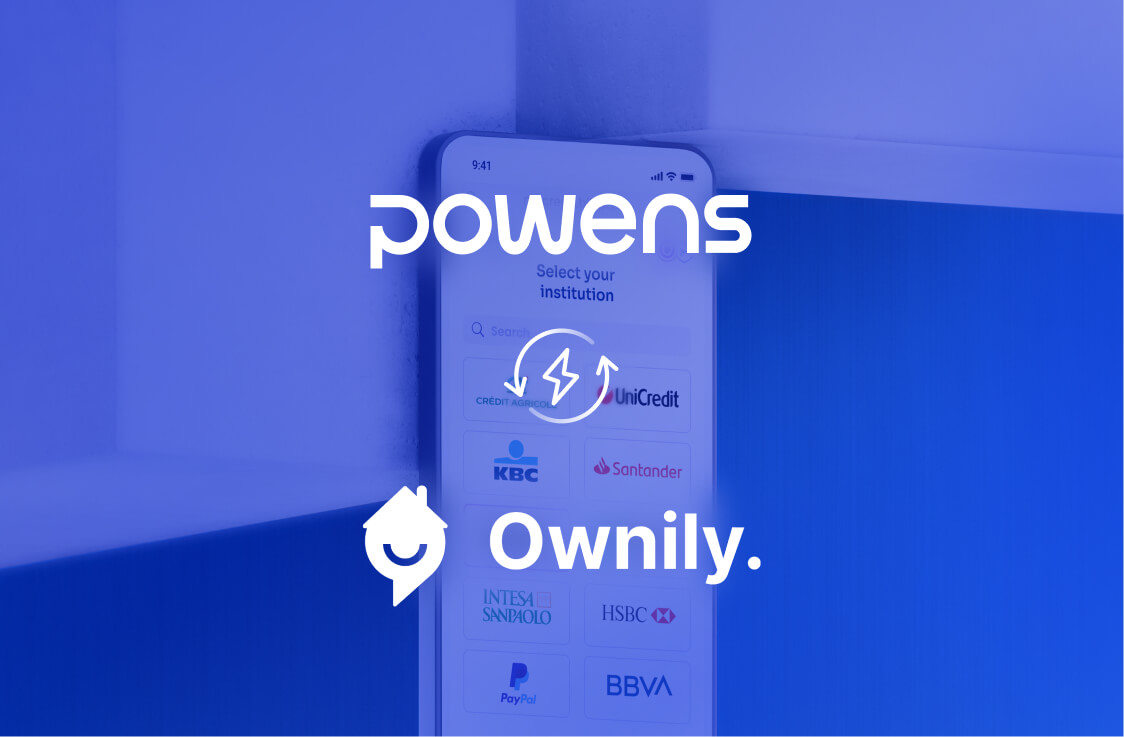
 Jun 26, 2023
Jun 26, 2023 

